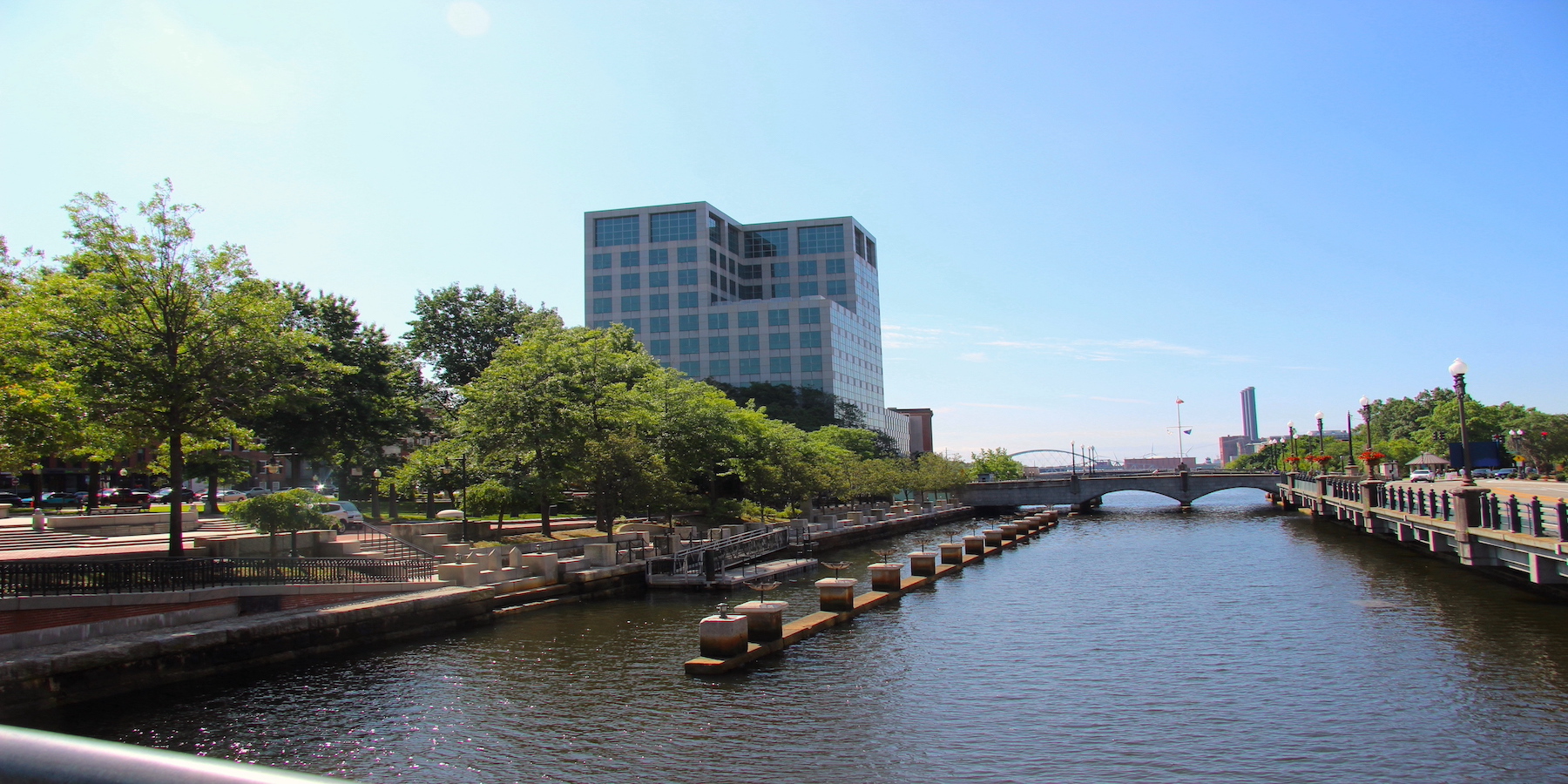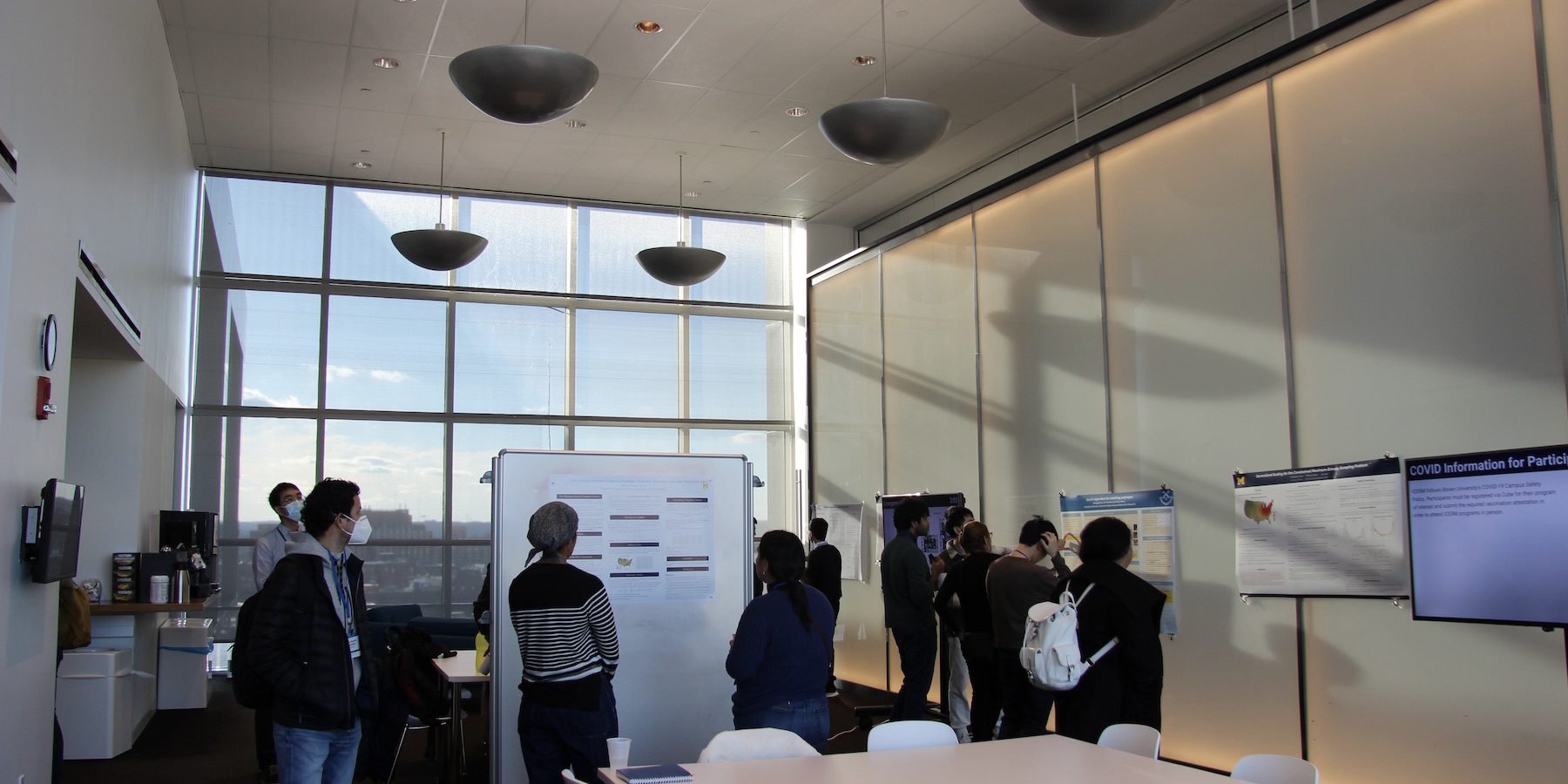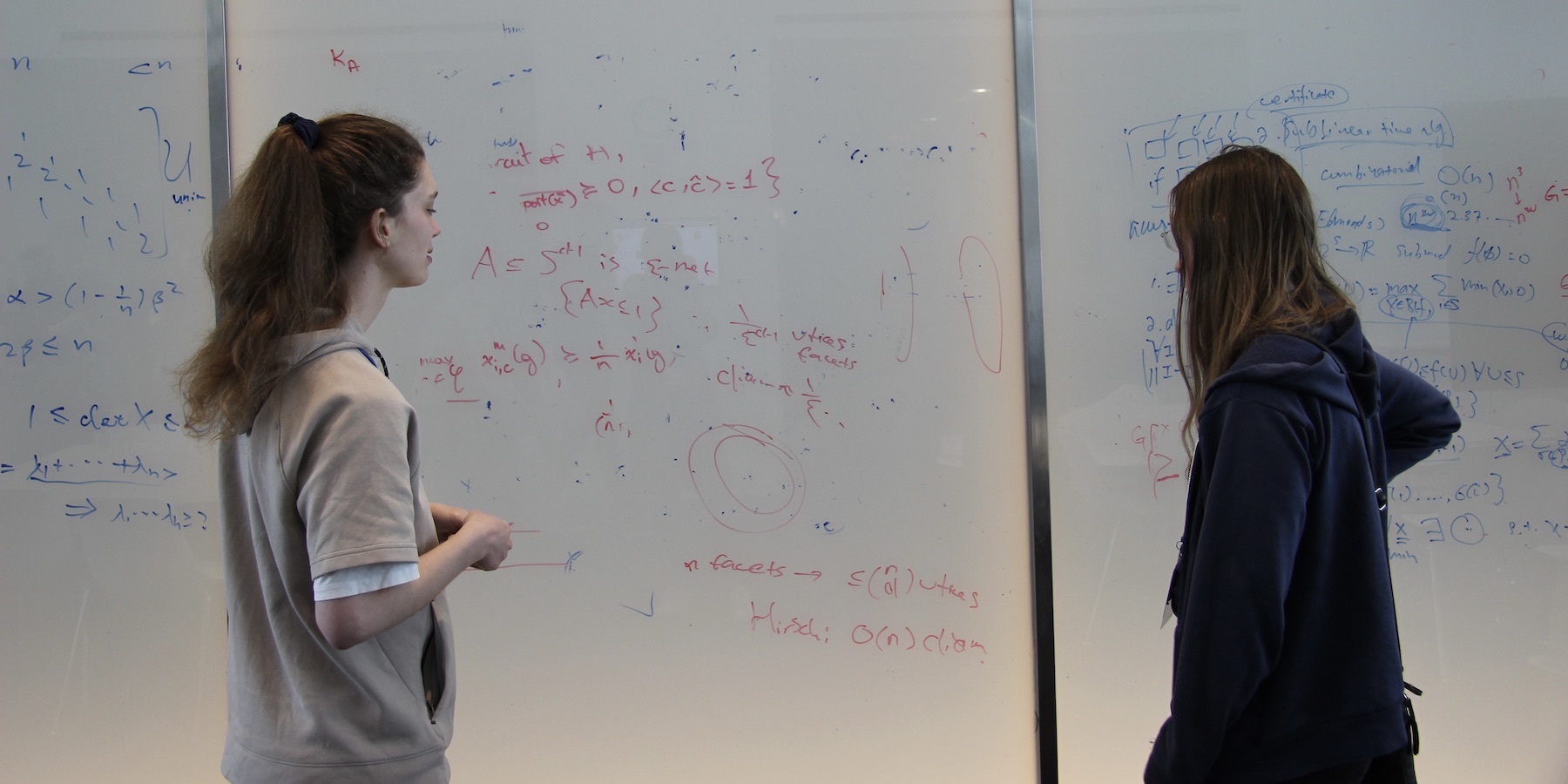
Welcome to ICERM
The Institute for Computational and Experimental Research in Mathematics

Welcome to ICERM
The Institute for Computational and Experimental Research in Mathematics

Welcome to ICERM
The Institute for Computational and Experimental Research in Mathematics

Welcome to ICERM
The Institute for Computational and Experimental Research in Mathematics